- Category
- War in Ukraine
The Long-Awaited TAURUS Missile For Ukraine Faces a Heated Debate in Germany
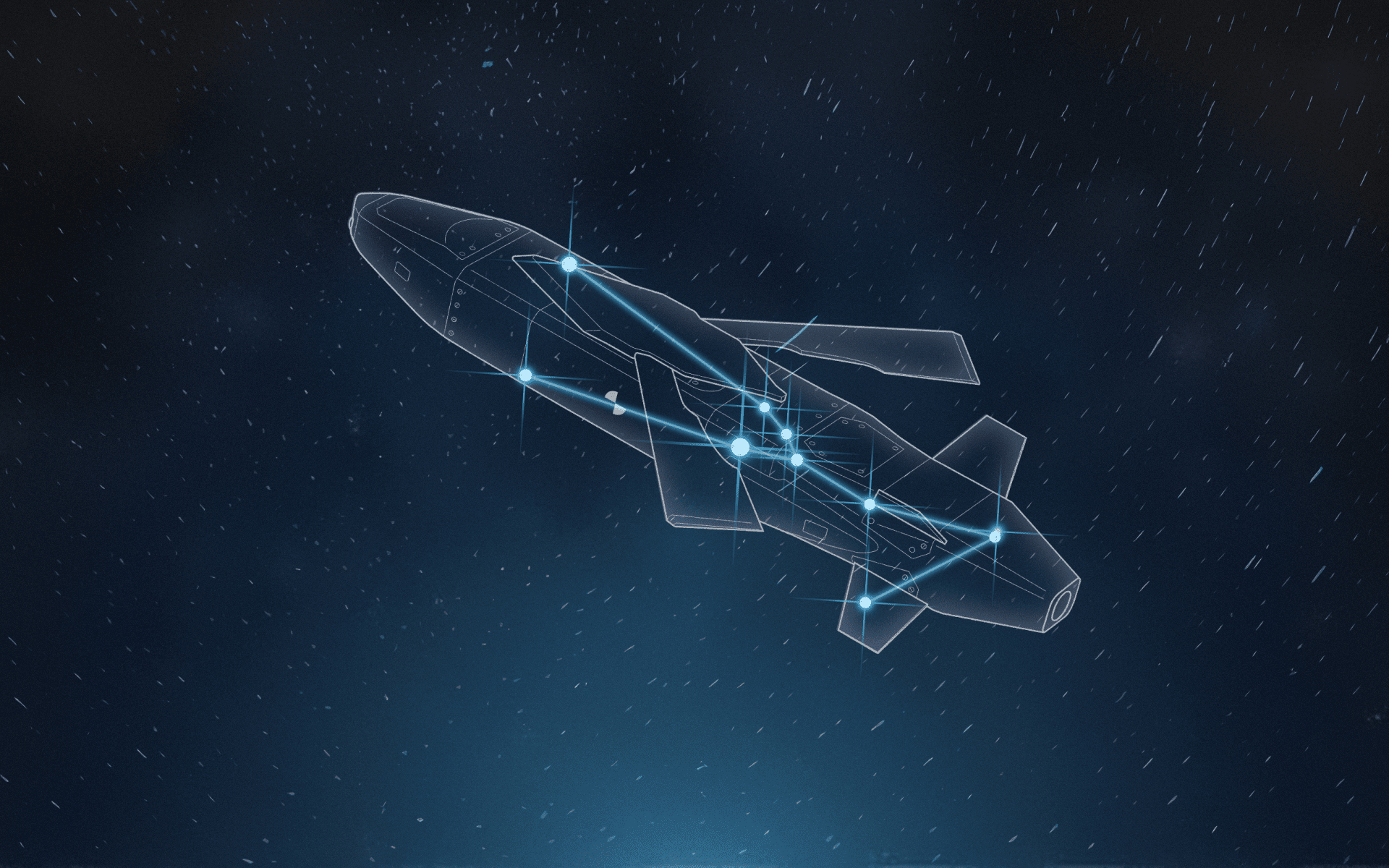
The long-range TAURUS missile, a highly contested Western weapon for Ukraine, is stirring debate ahead of Germany's upcoming snap elections. Could it finally reach Ukraine’s frontlines and would it prove to be a "game changer" in Russia’s war of aggression?
The German TAURUS has been a much-talked-about missile that Ukraine has persistently requested in order to bolster its success in conducting long-range strikes on Russian military targets.
The Germans know it could be a game changer. They have the TAURUS in storage, they never use them in combat, and they have them in huge volumes. What you need in any war, is deep battle strikes, the TAURUS missile…could change the course of the deep battle in Ukraine and inside Russia as well.
Mark Arnold
Retired Brigadier General and former Green Beret
German Chancellor Olaf Scholz has been adamant in ruling out deliveries of TAURUS missiles to Ukraine. Friedrich Merz, Scholz’s opposition and candidate for chancellor from the CDU/CSU parliamentary group, criticized current restrictions on the range of weapons provided to Ukraine.
Scholz and Merz are head-to-head in Germany’s up-and-coming snap elections on February 23, 2025. During a television debate on February 9, both agreed that Russia’s war against Ukraine must stop as soon as possible.
Scholz reiterated Germany's assistance to Ukraine and stressed that Ukraine needs a stronger army. “We must help Ukraine have a strong army," Scholz said. “Because its economy will not be able to finance an army of the size it needs for defense." Merz challenged Scholz and said that the war "could have ended sooner if Ukraine had been supported more decisively and with less hesitation.”
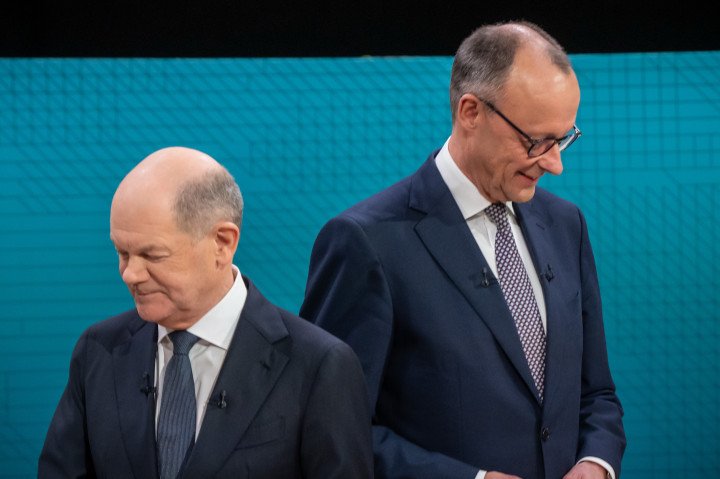
Germany’s Vice Chancellor and Economy Minister Robert Habeck previously promised to provide Ukraine with TAURUS long-range cruise missiles if he becomes the country’s next chancellor. He added that decisions regarding arms deliveries are among the most challenging for the government.
What is the TAURUS missile?
TAURUS KEPD 350 is a German-Swedish cruise missile fired from fighter jets with a maximum range of 500 km. It can travel at a maximum speed of around 1,170 km per hour—almost as fast as the speed of sound—and at an altitude of only 35 meters, making it very difficult for radar systems to detect.
The TAURUS missile would penetrate further behind enemy lines than any long-range Western missile currently in Ukraine’s arsenal—enhancing Ukraine’s ability to deter Russian attacks and respond effectively to numerous threats. This would give Ukraine a significant advantage in precision targeting and operational flexibility.
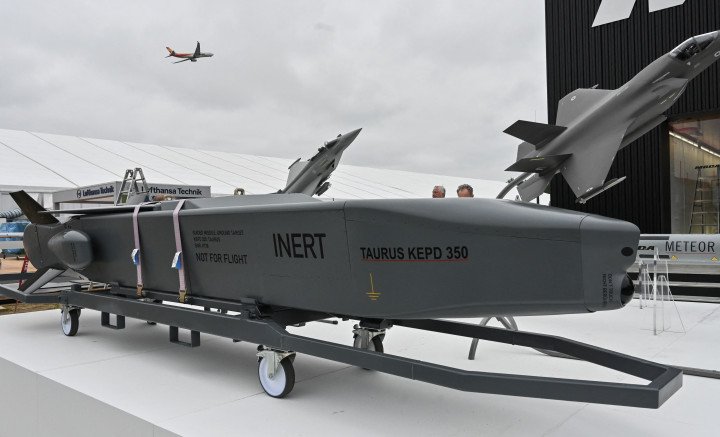
The missiles were heading for retirement due to being stored unused, in warehouses. Recently, the Bundeswehr and TAURUS Systems GmbH (a joint venture between MBDA and SAAB) announced a new contract to modernize and maintain the TAURUS missiles to “ensure the weapon’s operational readiness until at least 2045.”
“In addition to maintenance, the system will receive technological upgrades to meet the increasing demands placed on modern weapon systems,” MBDA stated. TAURUS is a key element of the German Air Force and NATO, making it “an important contribution to deterrence and to national and allied defence,” MBDA added.
How does the TAURUS compare to other long-range missiles?
Ukraine has received numerous long-range British “Storm Shadow” missiles and longer-range US ATACMS (Army Tactical Missile System).
At first glance, the TAURUS and Storm Shadow seem very similar. They are roughly the same weight (around 1400 kg), and length (around 5 meters) with roughly the same size warhead.
We're mounting the British Storm Shadow under the left wing of the Su-24M and French Scalp under the right wing. There's room for the German Taurus under our bombers' wings too - Air Force Commander Mykola Oleschuk pic.twitter.com/7KiNo7NOgJ
— Maria Avdeeva (@maria_avdv) September 15, 2023
What makes the TAURUS stand out from the rest is, firstly, its far greater firing range of 500km. Second, it has a MEPHISTO intelligent warhead system that combines the capability of defeating hard and deeply buried targets (HDBT) with a blast and fragmentation capability to take out high-value point and area targets.
TAURUS is also equipped with a “void sensing and layer counting” fuze called a Programmable Intelligent Multi-Purpose Fuze (PIMPF). This fuze penetrates multiple layers of material and is programmed to create maximum damage by detonating at the optimal target within those layers. PIMPF can also recognize different types of layers, such as concrete, rock, soil, etc.
The Storm Shadow has a more generic warhead with a Multi-Application Fuze Initiation System (MAFIS). The detonation and impact of the warhead are set by hand, which creates difficulties when penetrating more complex structures, such as bridges, and targeting them is a key strategy for Ukraine.
How could the TAURUS make Ukraine safer?
In war, the ‘right’ side does not always win. Ukraine could lose…In wars of attrition, sooner or later one side will run out of the resources or resolve to carry on.
Ian Bond
Germany has reportedly ordered 600 TAURUS missiles—plenty to make a considerable impact against Russian aggression and help thwart attacks on Ukrainian cities.
The TAURUS’ PIMPF and MAPHISTO systems would be hugely beneficial when striking Russia’s HDBT such as bunkers, command posts, production lines, and military bases.
Fabian Hoffman a missile technology doctoral research fellow at the University of Oslo wrote on X that the TAURUS “counts the layers and void spaces the follow-through bomb penetrates to ignite the payload at exactly the right moment.”
The TAURUS could not only damage the deck of a bridge, but its foundations too. Crucial bridges for Russian forces such as the Kerch Bridge—a major logistical supply route to Crimea—would be in an “even more precarious spot,” Hoffman concluded.
Halting Russian troop and equipment movement
The Kerch Bridge holds strategic and symbolic value for Russia, and is known as the “achilles heel of Russian logistics”. It was inaugurated by Putin in 2018 and has become a hated symbol of Russian occupation. The bridge has a parallel road and rail line, crucial for military personnel movement, used to move tanks and other heavy armored equipment into Russian occupied Crimea along with the southern parts of Ukraine.
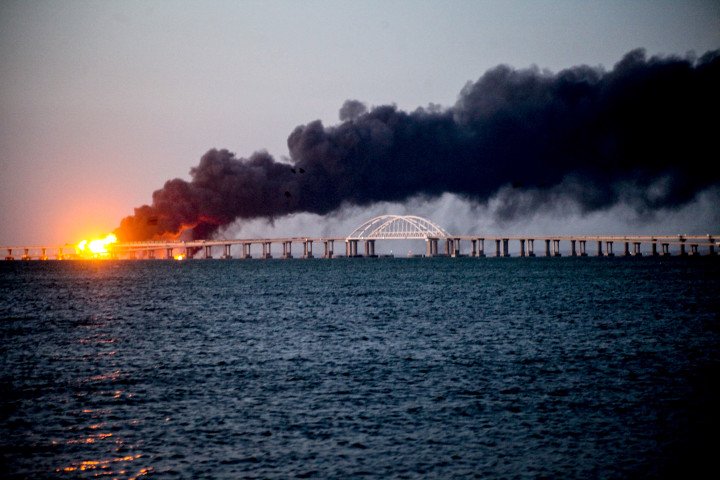
The bridge was key to Russia’s invasion and occupation of Ukraine's southern regions. Ukraine has already struck the Kerch Bridge. The strikes undoubtedly caused logistical chaos for Russian forces, while reducing Russia’s troop and equipment movement into Russian-occupied regions of Ukraine.
However, strikes were not enough to cause permanent damage to its foundations, and repairs on the bridge began. The use of the TAURUS missile would have caused irreparable damage almost certainly eliminating Russia’s supply route, key to Ukraine’s southern regions it occupies.
Preventing new and renewed offensives by Russian forces
Ukraine has also conducted successful bridge strikes in Russia’s Kursk region during its current incursion, causing severe complications for Russian forces in terms of logistics and counter-attack operations. Around 3000 Russian troops were trapped in a cauldron (the term “cauldron” in military terminology means the encirclement of enemy forces) on the south side of the Seim River in Russia’s Kursk Oblast.

Since then, Ukrainian forces have successfully held Russia’s Kursk region, despite Russian authorities sending an estimated 11,000 North Korean and 78,000 Russian troops. Ukraine has undermined Russia’s ability to launch new or renewed offensives in the northeastern regions of Ukraine, like Kharkiv and Sumy, thus protecting the civilian population there. The use of long-range weapons to attack Russian military assets, like bridges, ultimately supports Ukraine’s efforts in the defense of the nation.
Ukrainian President Volodymyr Zelenskyy has stated that if negotiations with Russian leader Vladimir Putin were to take place, he would propose exchanging Russia’s Kursk region for occupied Ukrainian territories. The incursion is an example of how strategic strikes and operational maneuverability can have a wider impact on Russia’s war on Ukraine, giving Ukraine a bargaining chip to liberate its regions of Russian occupation, returning Ukrainians to their homes.
The war in Ukraine, in other words, is not permanently stalemated. Either side can potentially restore maneuver and begin to gain or regain significant territory. Russia will be able to do so if the West reduces or cuts off aid. Ukraine may be able to do so if Western support continues to empower Ukrainian innovation.
Angelica Evans
Institute for the Study of War (ISW)
Reducing Russia’s aviation attacks on critical infrastructure
Since Ukraine began receiving ATACMS missiles, Russia relocated 90% of its aircraft to military bases outside the missile's striking range, a US intelligence assessment revealed, resulting in a reduction of Russian aerial attacks on Ukrainian cities, the US-based think tank Institute for the Study Of War (ISW) reported.
Russia deploys hypersonic missiles such as the Kh-47M2 Kinzhal, from MiG-31K fighter jets. Ukrainian energy systems, transport networks, and key facilities across the country are often the main targets, killing and wounding civilians in the process.
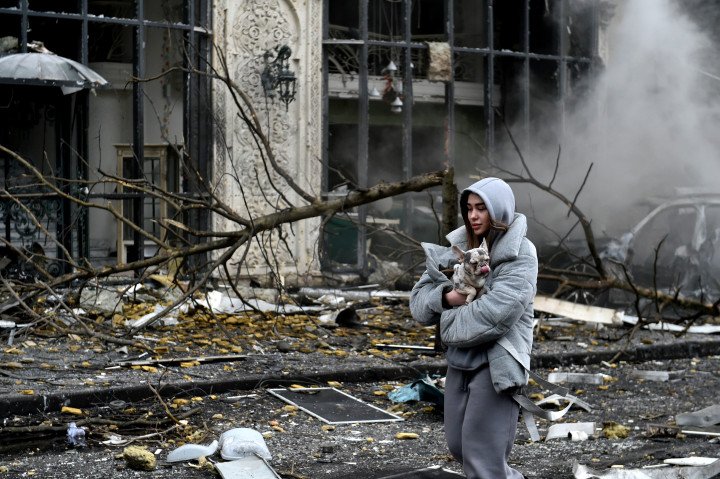
Since Russia’s full-scale invasion, severe damage to Ukraine’s electricity grid has led to hours of blackouts, impacting schools, hospitals, and critical infrastructure across the country.
Should the TAURUS threat prompt Russia to move all of its military assets deeper into the rear, out of the striking range of Germany’s missiles, this would still severely affect Russia’s combat effectiveness in its strikes against Ukraine’s infrastructure. The TAURUS missile would force the Kremlin to take greater risks during its air attack, and aviation is a priceless asset that it can’t afford to lose.
Though Russian air fleets—while stationary at their bases—are less vulnerable, their resources are further stretched when moved deeper into its territory. Mid-air refueling, maximum payloads, and loiter time over the battlefield are all negatively affected, ultimately reducing the scale of attacks against Ukraine.
“The heightened risk of attack over a larger area would force Russian defenses to be spread more thinly, necessitate the dispersion of logistics chains into smaller locations and packets for movement, and increase the time that Russian aircraft take for combat sorties,” Justin Crump, CEO of risk intelligence company Sibylline and former British army officer told Al Jazeera.
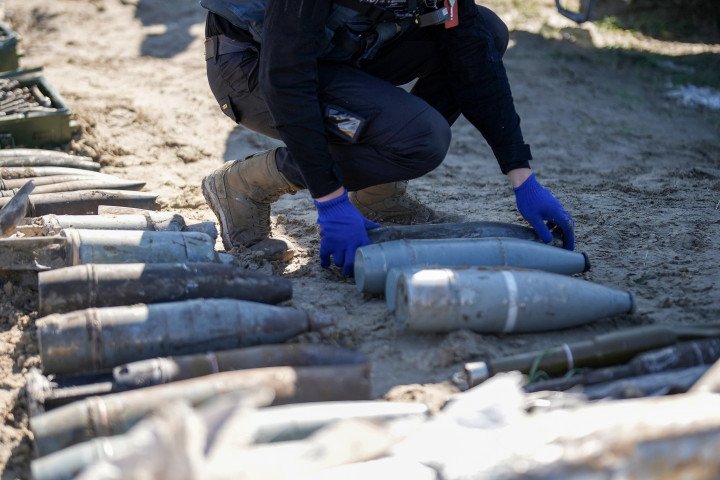
Eliminating Russia’s artillery production
Russia has ramped up artillery production since its full-scale invasion of Ukraine, outpacing Western allies in sheer volume. However, Ukraine has successfully struck several Russian ammunition and Russia’s production depots which has reduced Russia’s use of artillery – helping Ukraine stall Russian advances on the frontlines.
Continued strikes on Russia’s military assets, production facilities, and storage depots using Western long-range weapons—such as the TAURUS, the farthest-reaching yet—will directly target Russia’s supply chain, weakening its offensive capabilities. This will make Ukrainian cities safer and give Ukraine the upper hand it needs to combat Russian aggression.
-46f6afa2f66d31ff3df8ea1a8f5524ec.jpg)
-c42261175cd1ec4a358bec039722d44f.jpg)
-6359eca46c72bde40a90abaaadd6eaa8.png)
-29a1a43aba23f9bb779a1ac8b98d2121.jpeg)
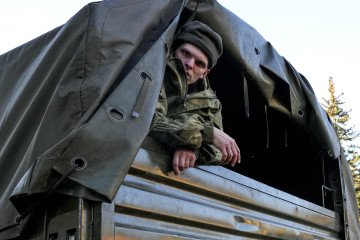
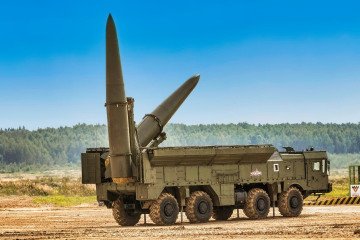
-206008aed5f329e86c52788e3e423f23.jpg)